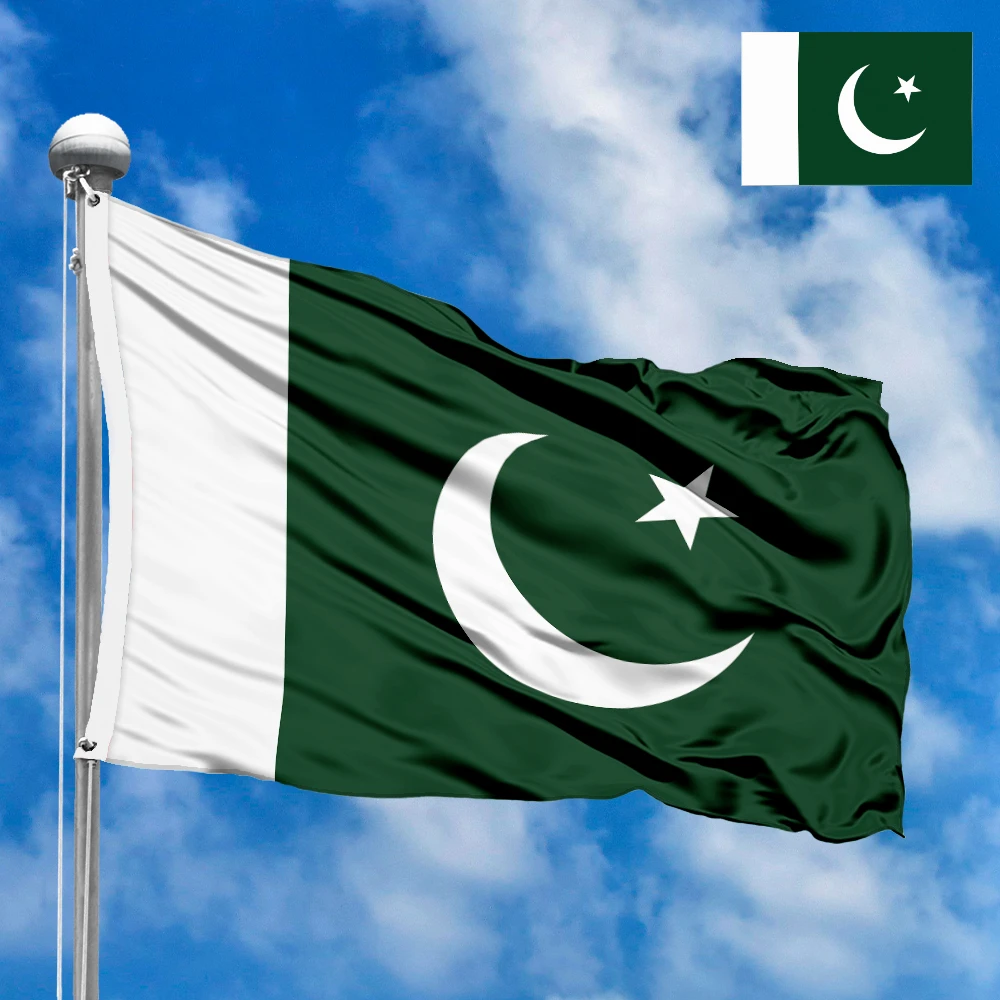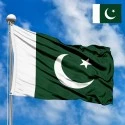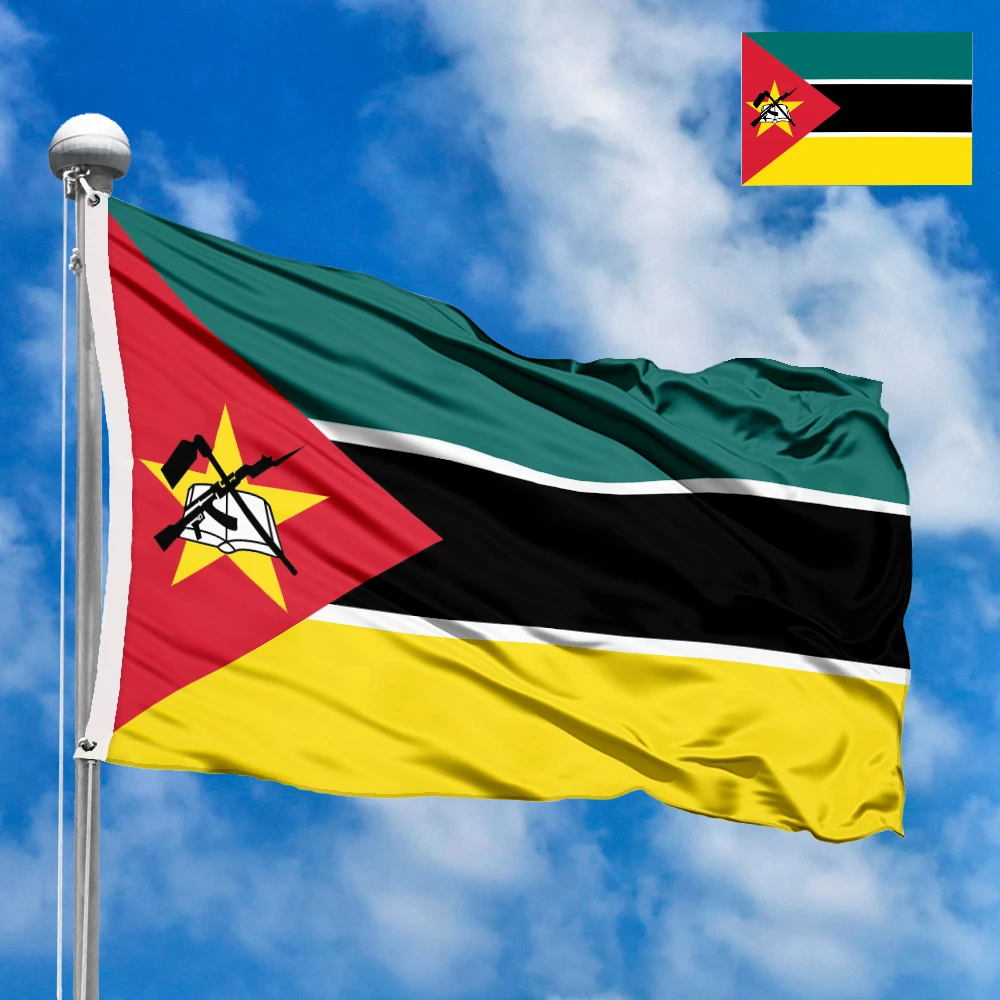The national flag of Pakistan is a profound symbol of the nation's founding principles, its rich Islamic heritage, and the aspiration for unity and progress among its diverse population. Known affectionately as the "Subz Hilali Parcham" (Green Crescent Flag), it was officially adopted on the eve of Pakistan's independence, representing a new dawn for the Muslim majority and its religious minorities in South Asia. Its design uniquely intertwines religious identity with a vision for an inclusive state.
Design and Dimensions
The flag of Pakistan features a striking design composed of two distinct parts: a large dark green field and a vertical white stripe located on the hoist (left) side. The white stripe occupies approximately one-fourth of the flag's total width, while the green field accounts for the remaining three-fourths. Centered within the expansive green field are two prominent white symbols: a crescent moon and a five-pointed star. The standard proportions of the flag are 2:3 (height to width), giving it a balanced and stately appearance.
Symbolism of the Colors and Elements
Every element on the Pakistani flag is imbued with deep meaning, reflecting the nation's core values and historical context:
-
Dark Green Field: This dominant color represents the Muslim majority of Pakistan. Green is a traditional color in Islam, symbolizing peace, prosperity, and the fertile lands that make up much of the nation. Its presence firmly roots Pakistan in its Islamic identity and heritage.
-
White Vertical Stripe: This distinctive stripe symbolizes the religious minorities residing in Pakistan, including Christians, Hindus, Sikhs, Buddhists, and others. Its inclusion signifies the commitment to equal rights, protection, and religious freedom for all non-Muslim citizens, reflecting the pluralistic vision of the nation's founder, Muhammad Ali Jinnah.
-
White Crescent Moon: The crescent moon is a widely recognized symbol in Islam, representing progress and growth. On the Pakistani flag, it specifically symbolizes the nation's advancement and development into a prosperous future. It also signifies the new lunar month, often associated with new beginnings and the Islamic calendar.
-
Five-pointed White Star: The five-pointed star symbolizes light and knowledge. Its five points are often interpreted to represent the Five Pillars of Islam (Shahada, Salat, Zakat, Sawm, Hajj), which are the fundamental practices of the faith. Additionally, it signifies the nation's focus on enlightenment, education, and development. Together, the crescent and star form a powerful emblem of progress guided by light and Islamic principles.
Creation and Adoption
The design of Pakistan's national flag is credited to Syed Amir-ud-Din Kedwaii, who based it on the flag of the All-India Muslim League. The Muslim League flag itself was a green banner featuring a crescent moon and a star. As the movement for an independent Muslim state in South Asia gained momentum, the need for a distinct national symbol became apparent.
The key innovation in the design of the national flag was the addition of the white vertical stripe. This addition was a deliberate and crucial step to ensure that the flag represented not just the Muslim majority, but all citizens of the new nation, including its significant non-Muslim minorities. The flag was formally adopted by the Constituent Assembly of Pakistan on August 11, 1947, just three days before Pakistan gained independence from British rule on August 14, 1947. This swift adoption underscored its importance as a symbol of the newly emerging sovereign state and its foundational values.
Significance for the Inhabitants
For the people of Pakistan, their national flag is a source of immense national pride and a powerful symbol of unity. It represents the culmination of a long and arduous struggle for independence and the establishment of a homeland for Muslims in South Asia. The flag embodies the nation's Islamic identity, reminding citizens of their shared faith and cultural heritage.
Beyond its religious connotations, the white stripe serves as a constant reminder of the inclusive nature of the Pakistani state and the constitutional guarantee of rights for its minorities. It fosters a sense of collective identity, inspiring patriotism and a commitment to the nation's progress and prosperity. Displayed proudly on national holidays, at government buildings, and in homes, the flag stands as a testament to Pakistan's resilience, its aspirations for a peaceful future, and the vision of its founders for a modern, just, and diverse society.
Interesting Facts
-
Adopted Before Independence: The flag was adopted on August 11, 1947, three days before Pakistan officially gained independence on August 14, 1947. This early adoption symbolized the clear vision for the new state.
-
Symbol of Inclusion: The prominent white stripe explicitly symbolizes the religious minorities, a feature not commonly seen on national flags, highlighting Pakistan's commitment to protecting their rights from its inception.
-
"Subz Hilali Parcham": This is a popular and affectionate Urdu name for the flag, translating to "Green Crescent Flag," directly referencing its main elements.
-
Quaid-e-Azam's Vision: The inclusion of the white stripe and its symbolism aligns directly with the vision of Pakistan's founder, Muhammad Ali Jinnah, who emphasized equal rights and protection for all communities in the new nation.
-
Inspired by Muslim League: The design's roots in the All-India Muslim League flag underscore its connection to the historical movement for Pakistan's creation.
In the demonstration images, full-size flags are shown with proportions of 2:3, and hand-held flags with proportions of 1:2.







 Waving flag
Waving flag
 Sizes:
Sizes:
 Round flag
Round flag
 Sizes:
Sizes:
 Rectangular flag 2:3
Rectangular flag 2:3
 Sizes:
Sizes: